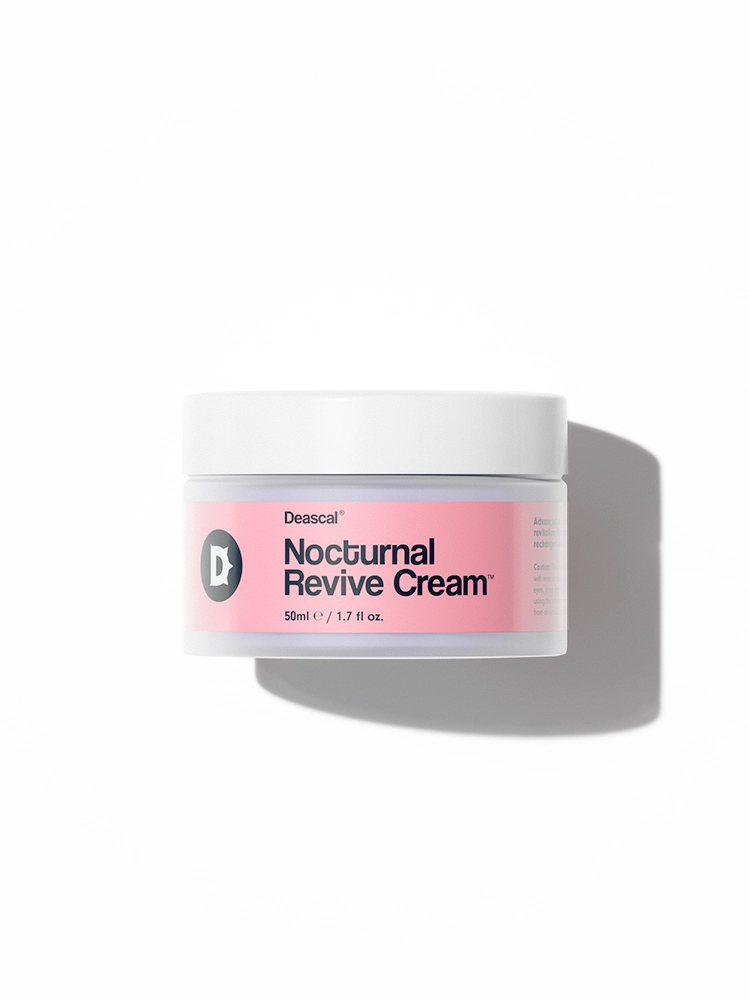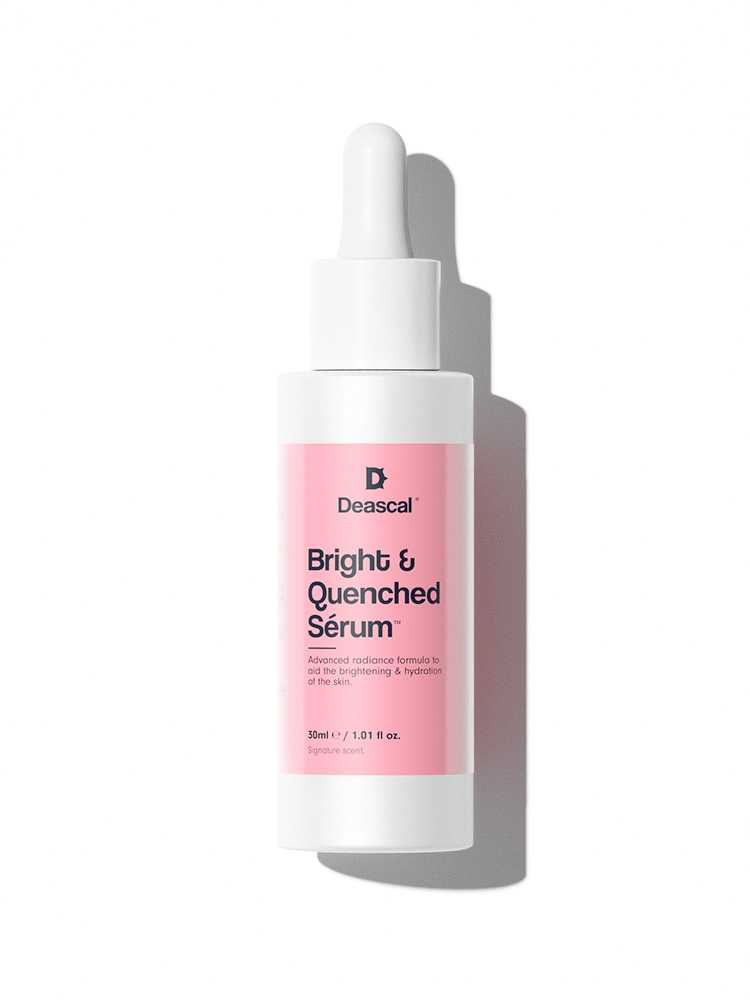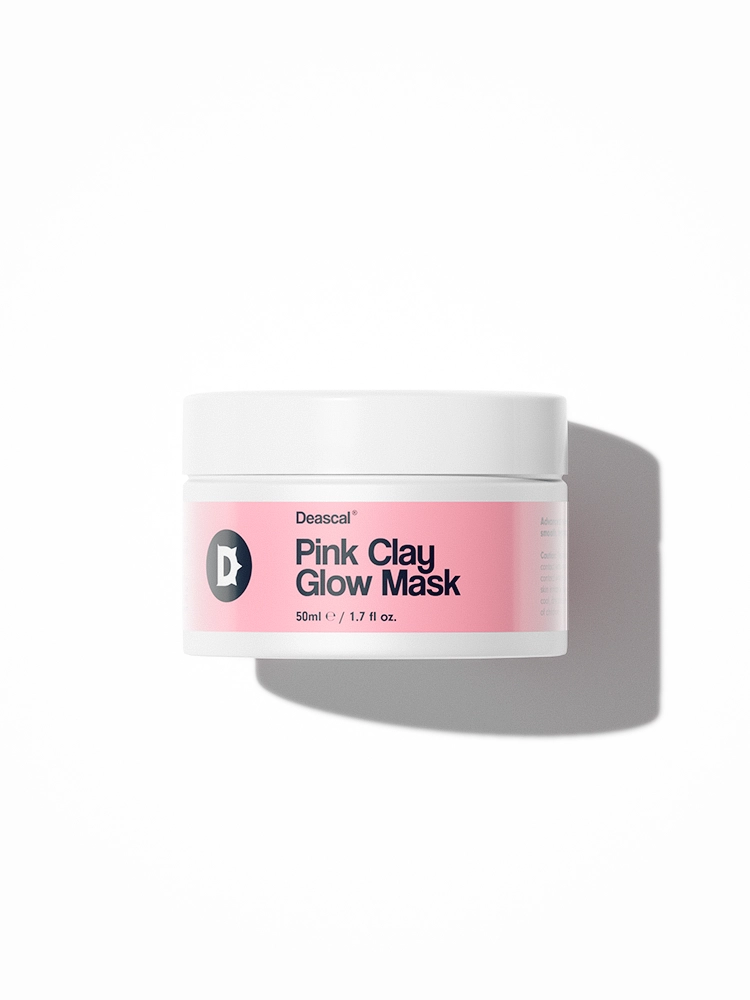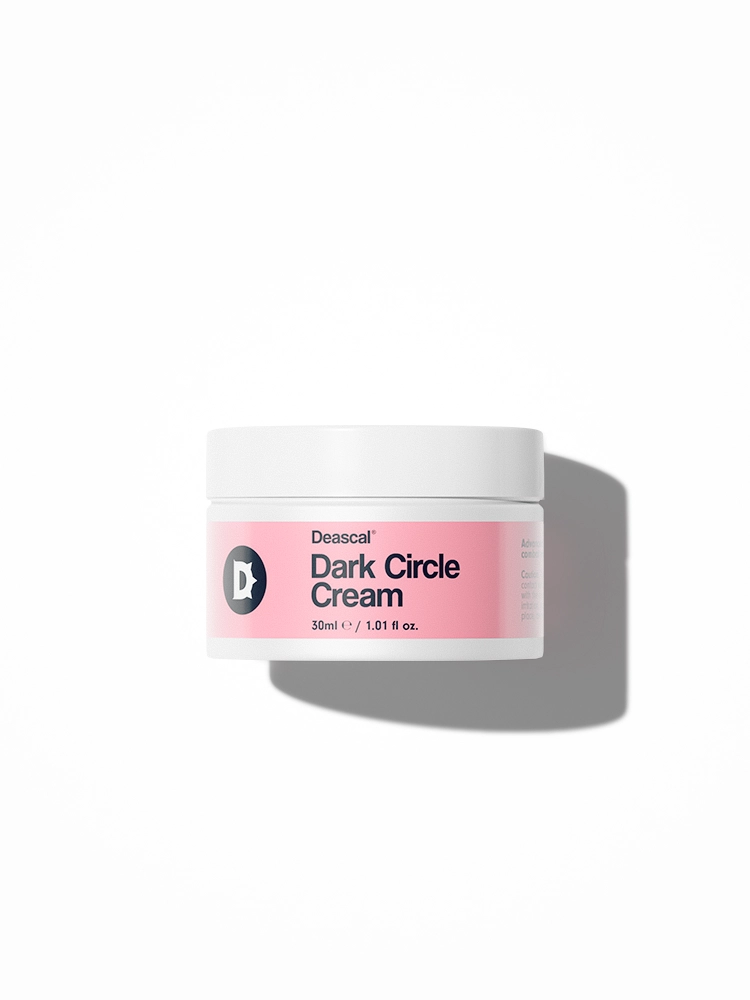What Is Distearyl Epoxypropylmonium Chloride?
Distearyl Epoxypropylmonium Chloride, also known as (2,3-Epoxypropyl)-methyl-dioctadecylammonium chloride, is a synthetic compound primarily used in the cosmetic industry. This ingredient is often sourced from petrochemical derivatives and is known for its antistatic and hair conditioning properties. In simpler terms, it helps to reduce static electricity in hair and makes it easier to manage, leaving it feeling smoother and softer.
The history of Distearyl Epoxypropylmonium Chloride in cosmetics dates back to the mid-20th century when chemists were exploring new ways to improve the texture and manageability of hair care products. Its unique chemical structure, which includes a quaternary ammonium group, allows it to bond effectively with hair fibers, providing long-lasting conditioning effects. Over the years, it has become a staple ingredient in many conditioners, shampoos, and styling products.
The production of Distearyl Epoxypropylmonium Chloride involves a multi-step chemical process. It starts with the synthesis of stearyl alcohol, which is then reacted with epichlorohydrin to form the epoxypropyl group. This intermediate product is subsequently quaternized with methylamine to produce the final compound. The result is a highly effective conditioning agent that is both versatile and stable, making it a popular choice for formulators in the cosmetic industry.
The Benefits/Uses of Distearyl Epoxypropylmonium Chloride
In this section, we will delve into the officially recognized cosmetic benefits and uses of Distearyl Epoxypropylmonium Chloride:
Antistatic
One of the primary benefits of Distearyl Epoxypropylmonium Chloride is its antistatic properties. In simpler terms, this ingredient helps to reduce static electricity in hair. Static electricity can cause hair to become frizzy and unmanageable, especially in dry or windy conditions. By incorporating this ingredient into hair care products, manufacturers can help consumers achieve smoother, more manageable hair that is less prone to static-induced frizz.
Hair Conditioning
Another significant benefit of Distearyl Epoxypropylmonium Chloride is its hair conditioning capability. This means that the ingredient helps to improve the texture and appearance of hair, making it feel softer and look shinier. It works by coating the hair strands, which helps to smooth the cuticle and reduce tangling. This makes hair easier to comb and style, and can also help to protect it from damage caused by brushing and styling tools.
Note: the listed benefits above are exclusively based on the officially recognized and defined functions of the ingredient, as documented by the International Nomenclature of Cosmetic Ingredients (INCI).
Potential Side Effects & Other Considerations
Distearyl Epoxypropylmonium Chloride is generally considered safe for use in cosmetic products, but as with any ingredient, there are potential side effects and considerations to keep in mind.
- Skin irritation: Some individuals may experience mild to moderate skin irritation, especially if they have sensitive skin.
- Allergic reactions: Although rare, allergic reactions such as redness, itching, or swelling can occur.
- Contact dermatitis: Prolonged or repeated exposure may lead to contact dermatitis in susceptible individuals.
Regarding individuals who are pregnant or breastfeeding, data and research on the topical usage of Distearyl Epoxypropylmonium Chloride during pregnancy and breastfeeding are lacking. Therefore, it is advisable for these individuals to consult a healthcare professional for further advice before using products containing this ingredient.
Adverse reactions to Distearyl Epoxypropylmonium Chloride are relatively uncommon, but it is always prudent to perform a patch test before widespread usage to ensure that you do not have an adverse reaction to the ingredient.
In terms of comedogenicity, Distearyl Epoxypropylmonium Chloride is rated at a 1 on a scale of 0 to 5, where 0 is totally non-comedogenic and 5 is highly comedogenic. This low rating means that it is unlikely to clog pores or cause acne, making it generally suitable for individuals prone to blemishes or breakouts.




